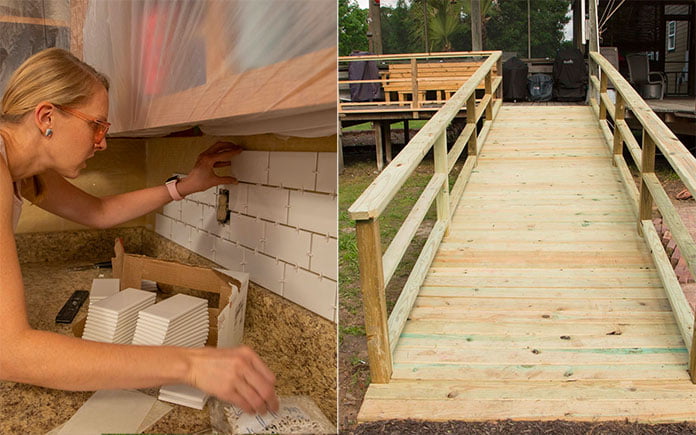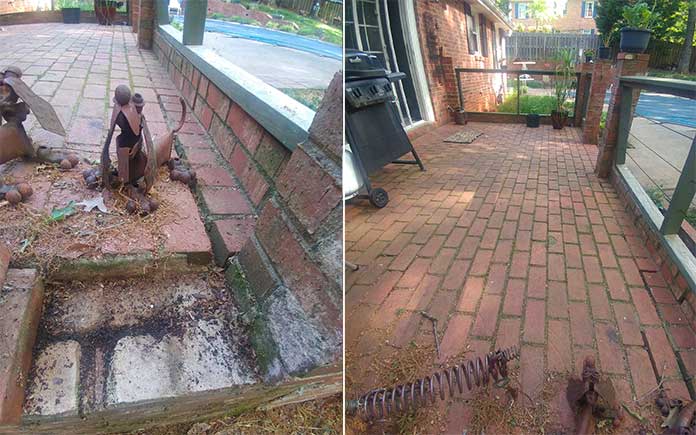Metal Roof Coatings: Different Finishes Offer Exceptional Performance
Stone-coated metal roofing, left, offers the look of traditional shingles with the durability of metal. A painted metal roof provides a pop of color with long-lasting protection. Interested in replacing your roof or looking to choose a roof for a new home? Stone-coated metal roofing offers the look of shingles with the benefit of metal’s … Read more










